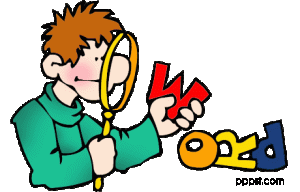Aye, they be a blood-thirsty lot, alway seekin t'treasure t' be

foun'!
Pieces-of-eight: Also known as the Spanish Dollar. According to

Wikipedia:
The piece of

eight is a silver coin, worth eight reales, that was minted in the Spanish Empire after a Spanish currency reform in 1497. It was legal tender in the United States until an Act of the United States Congress discontinued the practice in 1857. Because it was widely used in Europe, the Americas, and the Far East, it became the first world currency by the late 18th century. Many existing currencies, such as the Canadian dollar, United States dollar, and the Chinese yuan, as well as currencies in Latin America and the Philippine peso, were initially based o

n the Spanish dollar and other 8-reales coins.
Doubloon: A

lso according to Wikipedia:
The
doubloon (from Spanish doblón, meaning "double"), was a two-escudo or 32-reales gold coin, weighing 6.77 grams (0.218 troy ounces). Doubloons were minted in Spain, Mexico, Peru, and Nueva Granada. The term was first used to describe the golden excelente, either because of its value of two ducats or because of the double portrait of Ferdinand and Isabella.
In Spain, do

ubloons were current up to the middle of the 19th century. Isabella II of Spain replaced an
escudo-based coinage with decimal
reales in 1859, and replaced the 6.77 gram
doblón with a new heavier
doblón worth 100
reales and weighing 8.3771 grams (0.268 troy ounces). The last Spanish doubloons (showing the denomination as 80
reales) were minted in 1849. After their independence, the former Spanish colonies Mexico, Peru and Nueva Granada continued to mint doubloons.
Doubloons have also been minted in Portuguese colonies, where they went by the name
dobrão, with the same meaning.
In Europe the doubloon became the model for several other gold coins, including the French Louis d'or, the Italian doppia, the Swiss duplone, the Northern German pistole, and the Prussian Friedrich d'or. In New Orleans, Louisiana and Mobile, Alabama, "doubloons," usually made of aluminum, have been thrown by Mardi Gras carnival krewes since 1959, when the Rex Krewe reportedly first used them.
On a doubloon was a picture of the Pillars of Hercules (the Straits of Gibraltar) overlaid with a scroll. This is the origin of the dollar sign.
A Doubloon is also used as a slang term for a poker chip.
Arrr, me want me treasure, garrr!










































.svg.png)






